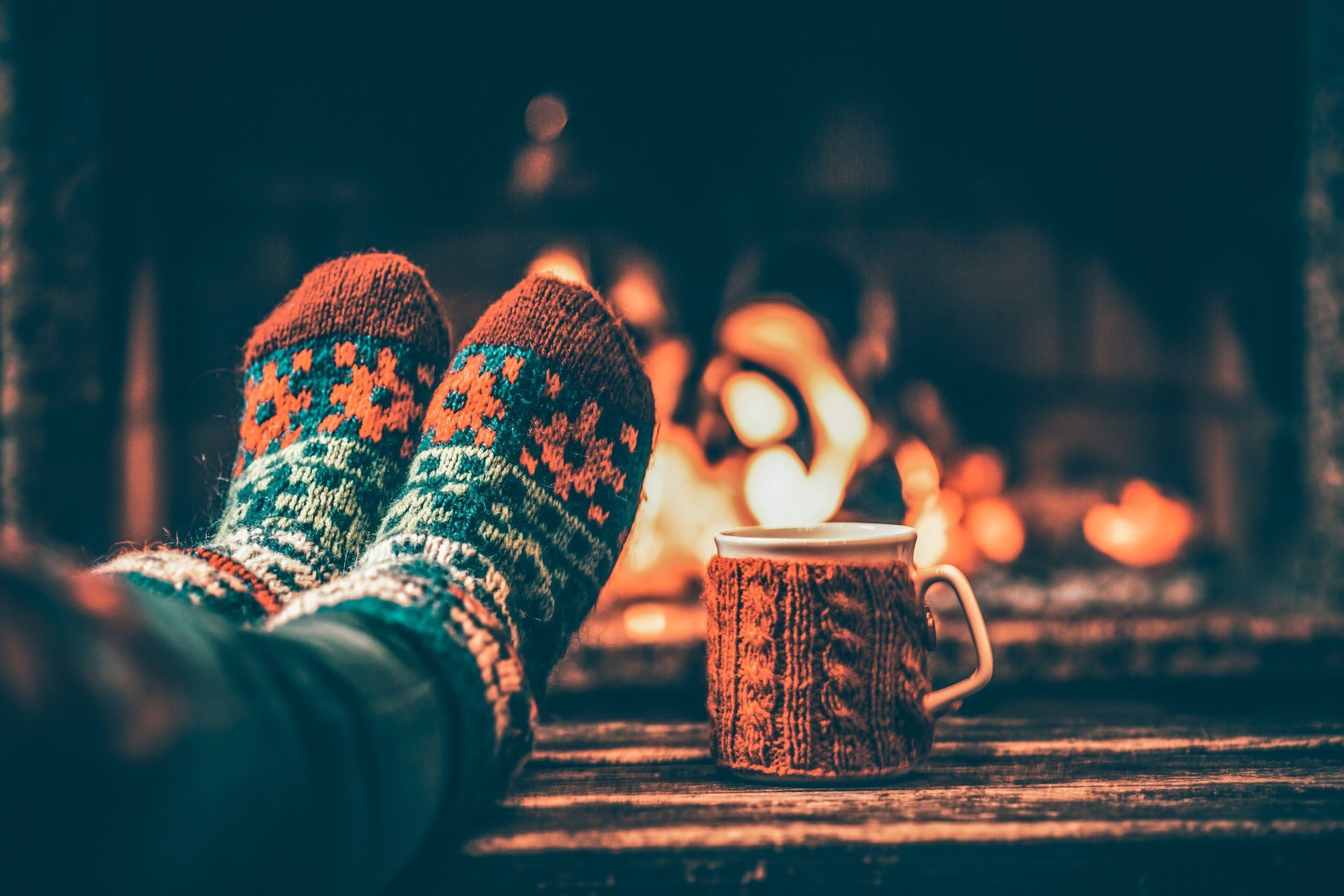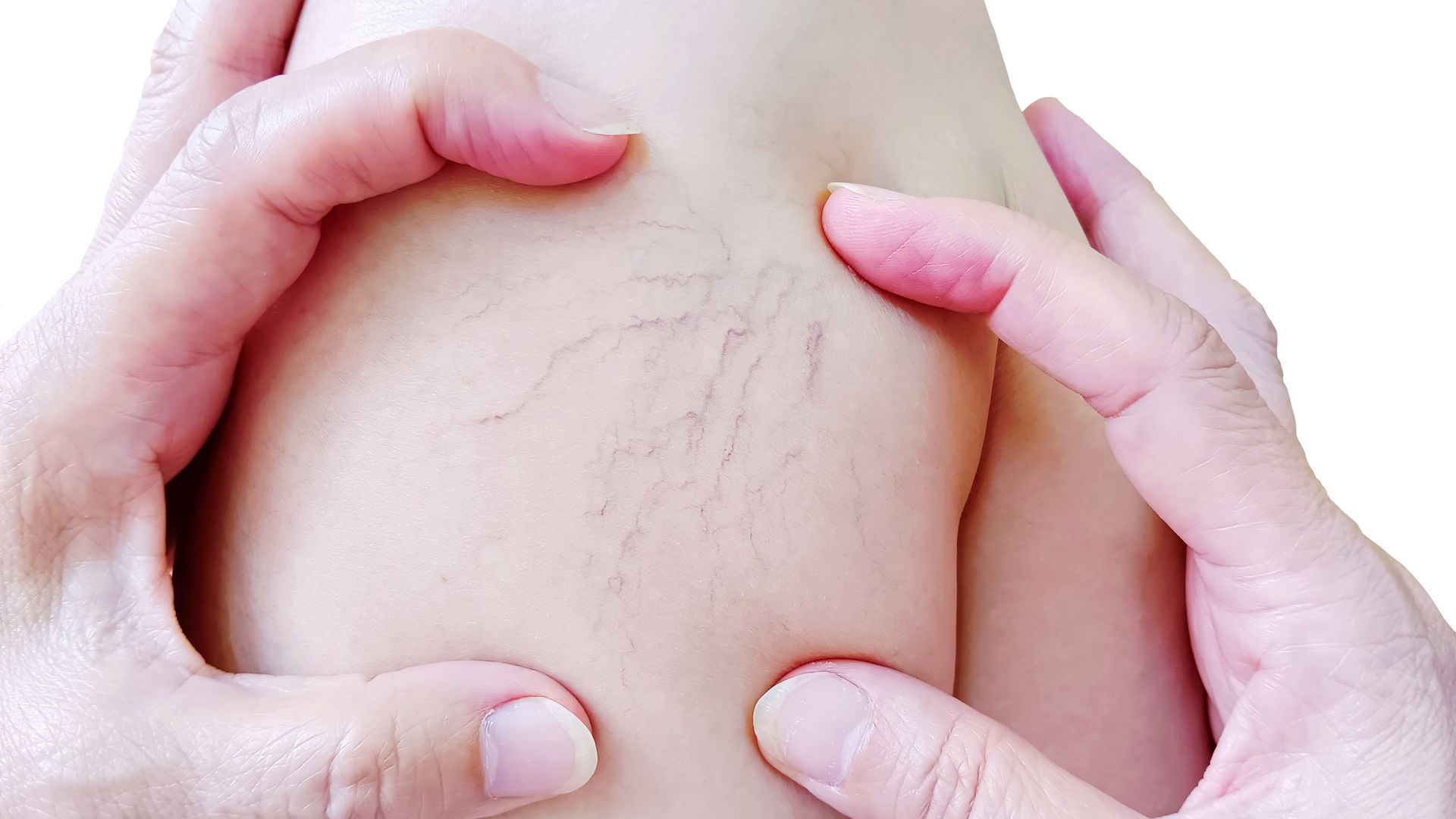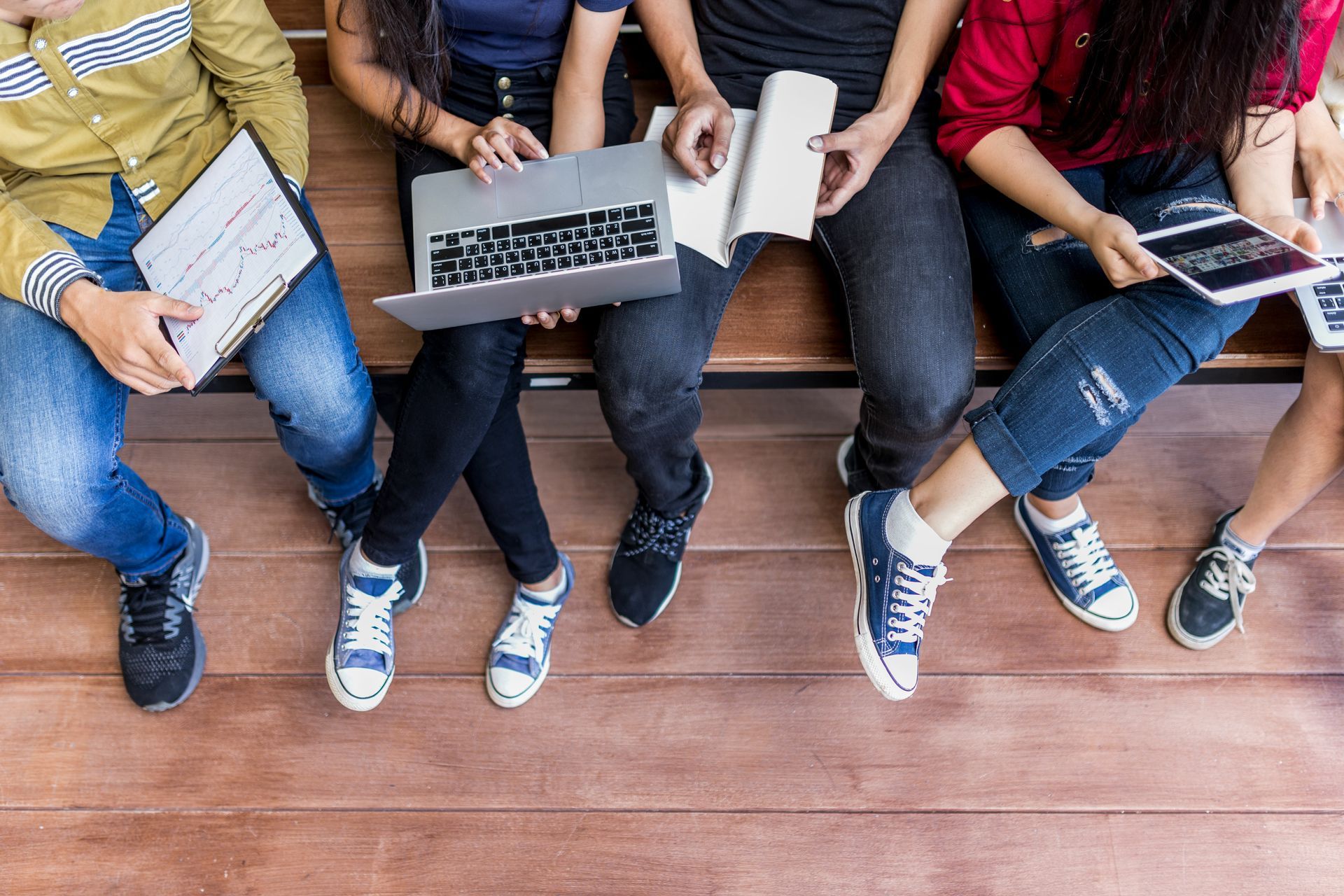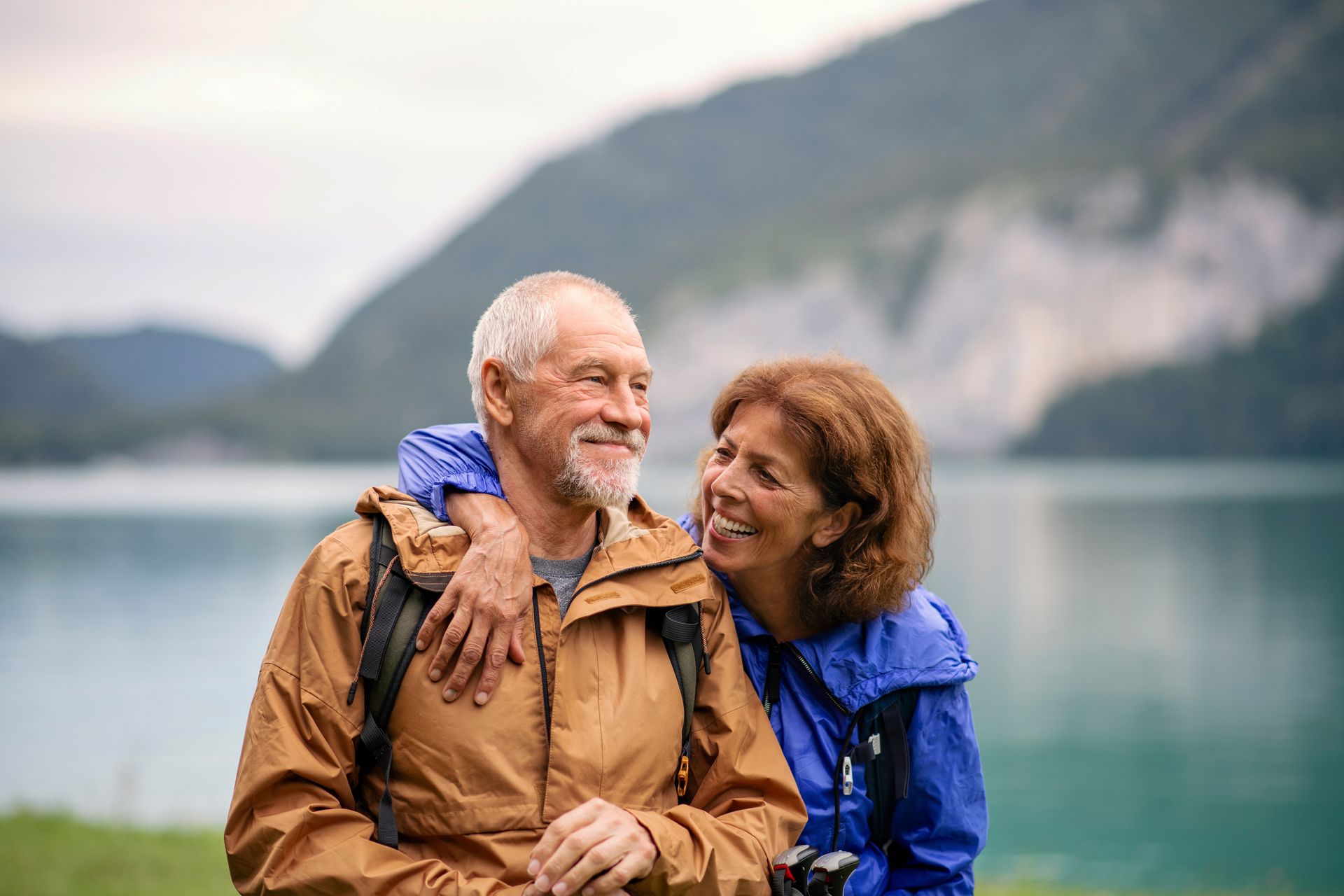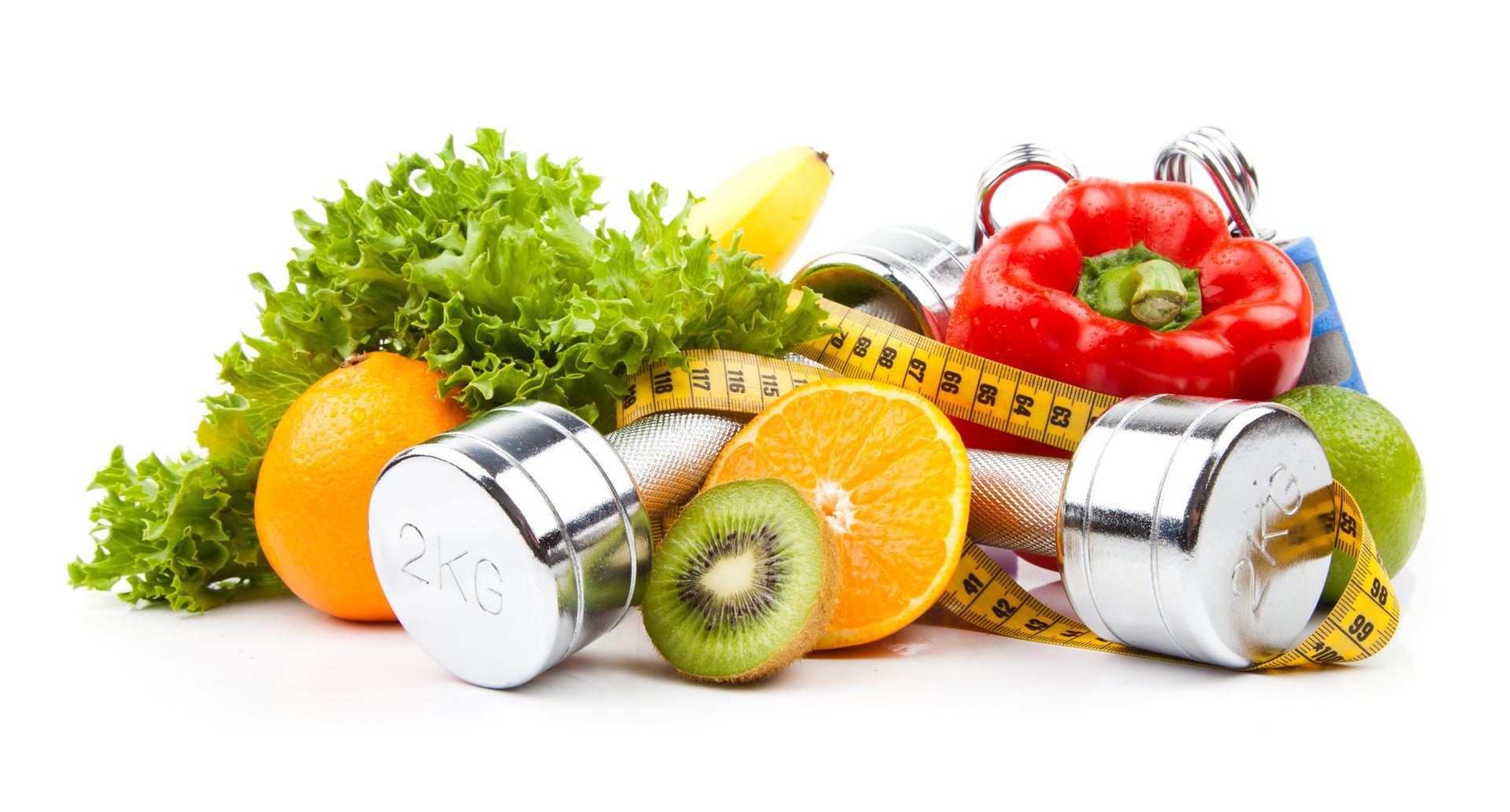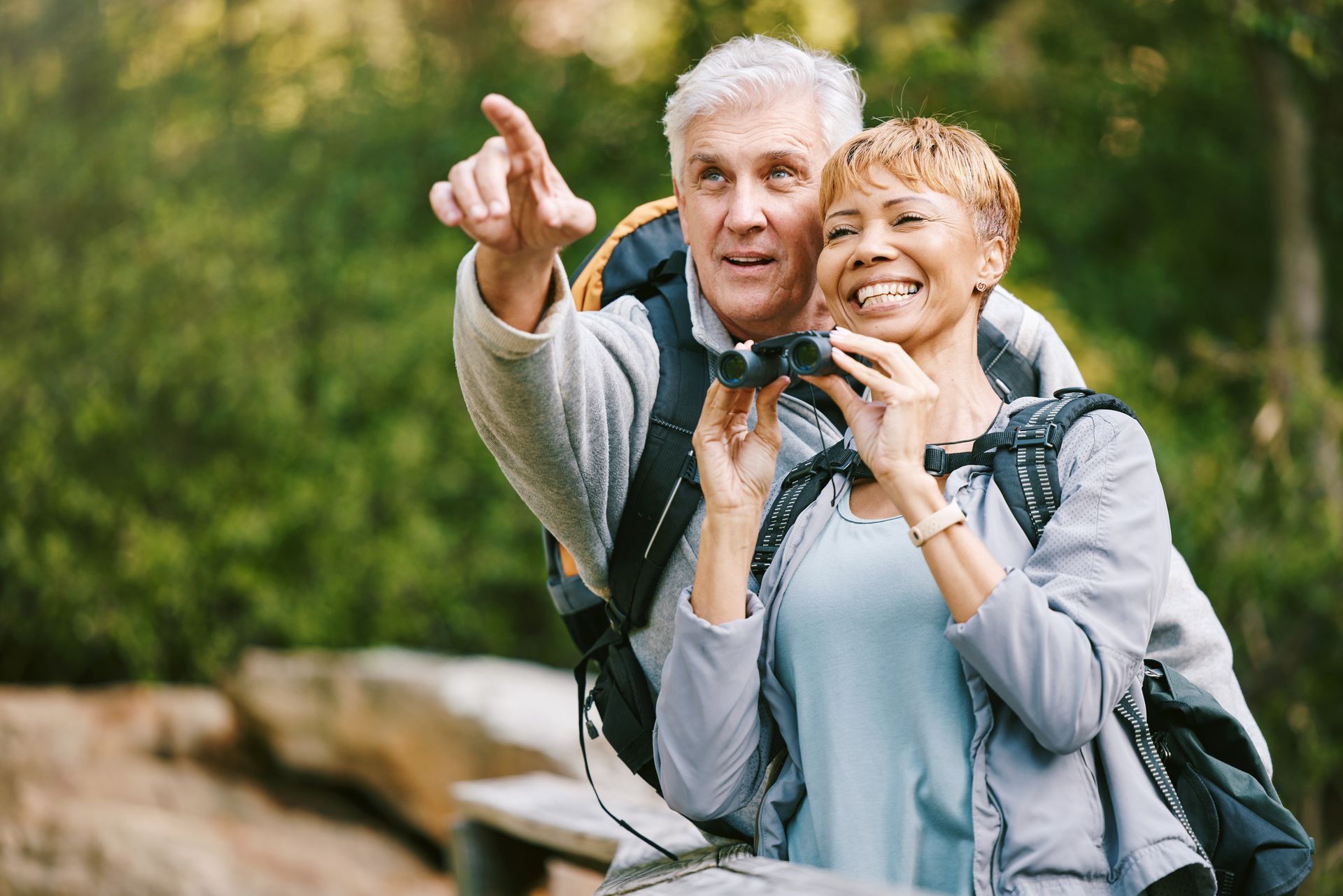Warmer Weather, Better Circulation: How Spring Activities Can Boost Your Vascular Health
As the days get longer and the temperatures rise, spring presents the perfect opportunity to get outdoors and start moving. The transition from the cold of winter to the warmth of spring is a time of renewal, not just for the world around you but also for your body. Spring activities like walking, hiking, and cycling can have a significant positive impact on your vascular health. These activities help improve circulation, reduce the risk of cardiovascular diseases, and promote overall wellness.
At Ascent Vascular Specialist, we encourage our patients to take advantage of the changing season by adopting an active lifestyle that supports healthy veins and arteries. In this blog, we’ll explore the benefits of spring activities for vascular health, how to safely ease into physical activity after the winter months, and why maintaining an active routine is crucial for long-term vascular health.
The Power of Movement: How Spring Activities Improve Circulation
As the weather warms up, it's time to step outside and engage in activities that can improve circulation and strengthen the heart. Whether you’re walking, hiking, or cycling, these low-impact exercises are fantastic for your veins and arteries.
1. Walking
Walking is one of the easiest and most effective ways to get your blood pumping and improve circulation. It helps stimulate blood flow, strengthens leg muscles, and boosts heart health. Walking also helps manage blood pressure, reduces the risk of varicose veins, and promotes overall vascular function.
A daily walk, even if it’s just around the block or through your local park, can make a big difference. Start slow if you’re not used to regular exercise and gradually increase the time and distance as your body becomes accustomed to the movement.
2. Hiking
If you’re looking for something a bit more challenging, hiking is an excellent choice for improving circulation. Hiking on uneven terrain engages different muscle groups, increases heart rate, and helps enhance blood flow to your legs. The varied elevation also works your calves, thighs, and glutes, improving overall vascular health and reducing the risk of blood clots.
Hiking in nature has added benefits, too. Spending time outdoors can help reduce stress, lower blood pressure, and improve your mood—all of which are beneficial for maintaining healthy circulation.
3. Cycling
Cycling is another great activity for boosting vascular health. It’s a fantastic cardiovascular workout that strengthens the heart and improves blood flow to the lower extremities. Whether you’re cycling outdoors or on a stationary bike, this low-impact exercise is easy on the joints while providing an effective way to improve circulation.
As with walking and hiking, cycling helps increase blood flow to your veins, which can reduce the risk of varicose veins and other circulatory issues. Plus, cycling is a fun way to explore your neighborhood or local bike paths while reaping the health benefits.
How to Gradually Increase Activity After Winter
After the cold months of winter, your body may not be used to the level of physical activity that spring demands. That’s why it’s important to ease into exercise to avoid overexertion and injuries. Here are some tips to help you gradually increase physical activity:
1. Start with Short Walks
If you’ve been inactive during the winter, start with short, easy walks and gradually increase the duration and intensity. Begin with 10 to 15-minute walks and slowly work up to 30 to 45 minutes a day. Try to walk briskly to get your heart rate up and make the most of your stroll.
2. Stretch Before and After Activity
Stretching is essential to prevent injury and improve flexibility. Take a few minutes before and after your walk, hike, or bike ride to stretch your muscles. Focus on your legs, calves, hamstrings, and quadriceps, which are all key muscles involved in circulation.
3. Take It Easy on Steep Terrain
If you’re hiking or cycling, avoid tackling the most difficult trails or hills right away. Start with moderate routes and gradually add more challenging terrain as your body becomes stronger. This will help avoid strain and ensure that your body adapts smoothly.
4. Listen to Your Body
Pay attention to how your body feels during and after physical activity. If you experience any discomfort, swelling, or pain, it’s important to stop and rest. Overdoing it too quickly can lead to injuries, especially if you have pre-existing vascular conditions. Consult with your vascular specialist if you experience any persistent discomfort during exercise.
The Long-Term Benefits of an Active Spring
Maintaining an active routine throughout the spring and into the warmer months doesn’t just improve circulation in the short term—it has long-lasting effects on your vascular health. Regular physical activity can:
- Improve circulation: Increased movement encourages blood flow, reducing the likelihood of blood clots and improving vein function.
- Reduce the risk of varicose veins: Physical activity helps to strengthen the veins and improve valve function, reducing the appearance and discomfort of varicose veins.
- Lower blood pressure: Regular exercise is one of the most effective ways to manage blood pressure, which in turn supports overall vascular health.
- Prevent cardiovascular disease: Consistent physical activity lowers your risk of heart disease, stroke, and other cardiovascular conditions by improving overall circulation and heart function.
- Boost mental health: Physical activity is known to reduce stress, anxiety, and depression, which can negatively affect circulation and overall health. The mental benefits of exercise can have a direct impact on your vascular health.
The Role of Ascent Vascular Specialist in Your Health Journey
As you embrace the spring weather and become more active, it's essential to monitor your vascular health. Regular check-ups with your vascular specialist can help ensure that your veins and arteries are functioning properly and that you’re on the right track to maintaining optimal circulation.
At Ascent Vascular Specialist, we are dedicated to helping you achieve and maintain excellent vascular health. Whether you’re dealing with varicose veins, peripheral artery disease (PAD), or other vascular concerns, our team is here to provide personalized care and advice to help you live a more active and healthy life.
If you’re planning to increase your activity levels this spring, don’t hesitate to schedule a consultation with our team to discuss how we can support your vascular health journey.
Conclusion
Spring is the perfect time to improve your vascular health through outdoor activities like walking, hiking, and cycling. These exercises boost circulation, strengthen the heart, and promote overall wellness. By gradually increasing physical activity after the winter months and maintaining a consistent exercise routine, you can enjoy long-term benefits for your veins and arteries.
At
Ascent Vascular Specialist, we encourage you to take advantage of the warmer weather and commit to staying active this spring. If you have any concerns about your vascular health or need advice on how to safely start exercising, reach out to our expert team today!
